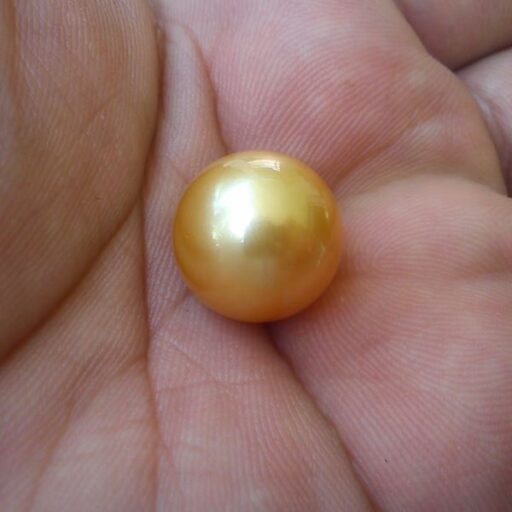It’s a great time to be talking about large South Sea pearls from Lombok!
ASK The Team For Available Stock

Large Seawater Pearls: Size, Rarity, and Shape
When it comes to seawater pearls, particularly the magnificent South Sea pearls for which regions like Lombok are renowned, size plays a crucial role in determining their rarity, value, and even their typical shape.
Understanding Large Pearl Sizes (in mm)
Let’s break down the size categories you mentioned:
- 14mm to 16mm: Pearls in this range are considered large and are highly desirable. While not exceedingly rare, finding perfectly round pearls at these dimensions becomes more challenging compared to smaller sizes. Their substantial presence and luxurious feel make them sought after for statement jewelry.
- 17mm to 20mm: Pearls in this category are genuinely rare. The larger an oyster grows a pearl, the more demanding it is on the mollusc, and the less likely it is to maintain a perfect spherical shape. Therefore, finding round pearls within this 17mm to 20mm range is indeed exceptional. These are truly collector’s items due to their impressive size combined with a desirable symmetrical form.
- Above 20mm: Pearls measuring over 20mm are extremely rare and are considered super rare collector’s items. At this magnificent scale, the oyster struggles immensely to deposit nacre evenly around a perfectly round nucleus. Consequently, pearls this large are almost never perfectly round. They typically exhibit baroque shapes—irregular, asymmetrical, and highly organic forms. This unique, often sculptural appearance adds to their individual character and makes them highly prized by collectors who value uniqueness over strict symmetry.
The Relationship Between Size and Shape
As seawater pearls grow larger, the chances of them being perfectly round decrease significantly. The Pinctada maxima oyster, which produces South Sea pearls, is incredibly large and can grow pearls of impressive dimensions. However, maintaining perfect spherical growth over many years is an immense challenge for the oyster. This is why:
- Smaller pearls (e.g., under 14mm) have a higher probability of being round.
- As size increases (14mm-16mm), finding perfectly round pearls becomes less common.
- At 17mm-20mm, a round shape is a rare find, indicating superior pearl growth.
- Above 20mm, a baroque or highly irregular shape becomes the norm, defining these pearls as unique natural sculptures rather than perfectly uniform spheres.
These super large, baroque pearls over 20mm are often celebrated for their individual character and are highly valued by designers and collectors who appreciate their unique artistry. They are not merely gems but singular works of nature.
